The education system in Bangladesh is an intricate and evolving structure, deeply influenced by the nation’s socio-political history and cultural values.
It offers diverse academic tracks and institutional frameworks to meet the needs of a large and varied population. With pathways that include general, madrasa (religious), and technical/vocational education, the system emphasizes inclusivity, accessibility, and national development.
From the grassroots level of primary education to the heights of university scholarship, Bangladesh strives to provide educational opportunities that empower individuals and contribute to the country’s progress.
Education System in Bangladesh At A Glance
Here is the education system in Bangladesh presentation at a glance:
| Level | Age Range | Grades | Key Exams | Focus |
|---|---|---|---|---|
| Pre-Primary | 4–5 | Nursery, KG | None | Play-based learning |
| Primary | 6–10 | 1–5 | Primary Education Completion (PECE) | Basic literacy and numeracy |
| Junior Secondary | 11–13 | 6–8 | School-level assessments | Introduction to core subjects |
| Secondary | 14–15 | 9–10 | Secondary School Certificate (SSC) | Subject specialization (science, arts, commerce, etc.) |
| Higher Secondary | 16–17 | 11–12 | Higher Secondary Certificate (HSC) | Advanced stream-based learning or technical training |
| Undergraduate | 18+ | Bachelor’s | University Final Exams | Broad academic and professional foundation |
| Postgraduate (MPhil) | 20+ | MPhil | Thesis Defense | Research-focused; foundation for PhD |
| Doctoral (PhD) | 23+ | PhD | Dissertation & Viva Voce | Original research contribution |
Stages of Education in Bangladesh
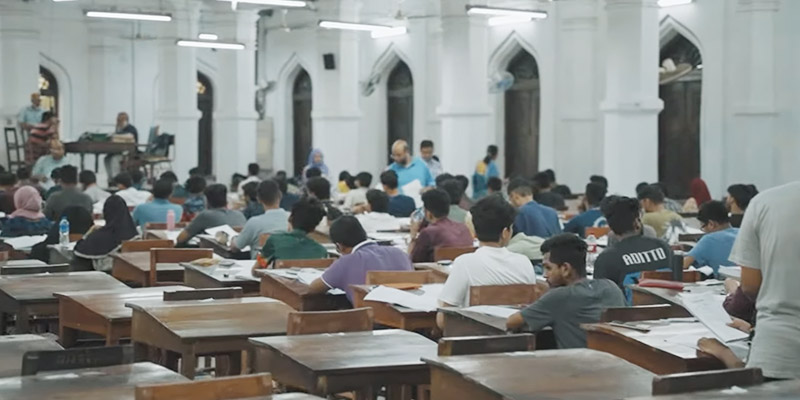
Bangladesh’s education system is divided into five main levels: pre-primary, primary, secondary, higher secondary, and tertiary education. Each level caters to a specific age group and educational objective.
Here are the stages of the education system in Bangladesh:
Pre-Primary Education

This stage typically serves children aged 4 to 5 and aims to prepare them for formal schooling. Pre-primary education focuses on basic literacy, numeracy, and social skills through play-based and interactive learning.
Though not compulsory, the government encourages early childhood education and has integrated it into the national education policy.
Primary Education

Primary education in Bangladesh is compulsory and spans five years, covering Grades 1 through 5. It is designed for children aged 6 to 10.
This stage is crucial for building foundational literacy, numeracy, and basic life skills. The government provides free textbooks and has made significant efforts to ensure near-universal enrollment.
Primary education is managed by MoPME, and assessments are conducted at the end of Grade 5 through the Primary Education Completion Examination (PECE).
Junior Secondary Education
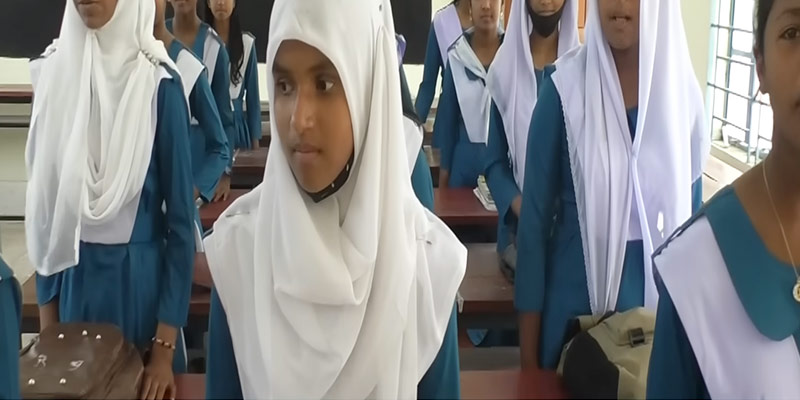
Following primary school, students enter junior secondary education, which covers Grades 6 through 8. Typically for children aged 11 to 13, this stage introduces more structured academic subjects, including science, mathematics, English, and social studies.
It is a preparatory phase for students to decide on their future academic track, whether general, religious, or vocational.
Secondary Education
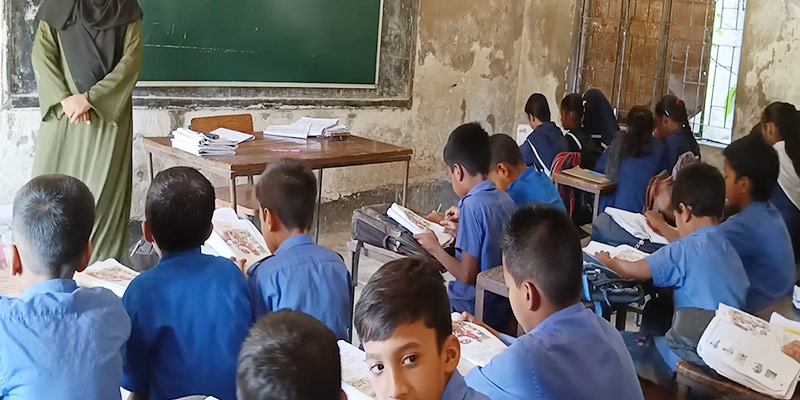
Secondary education consists of Grades 9 and 10 and culminates in the Secondary School Certificate (SSC) examination. Students typically begin secondary education around the age of 14.
At this stage, students choose from several streams, including science, humanities, commerce, technical, or religious studies (madrasa).
The curriculum is designed to deepen subject-specific knowledge and prepare students for either higher secondary education or entry-level employment.
Higher Secondary Education
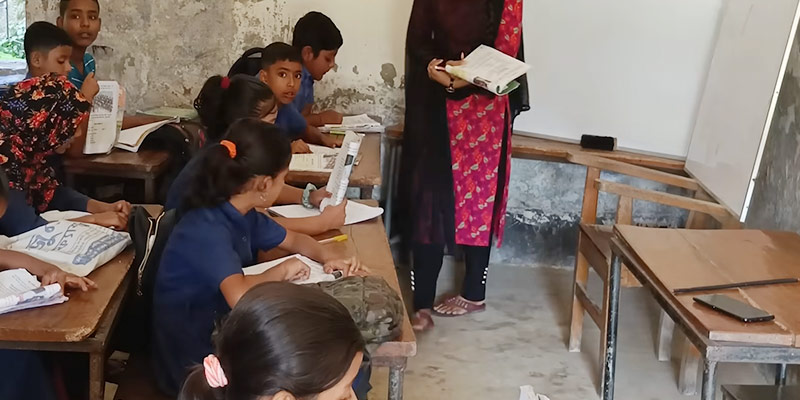
Higher secondary education covers Grades 11 and 12 and concludes with the Higher Secondary Certificate (HSC) examination. Students specialize further in their chosen stream and prepare for university admission or professional training.
Higher secondary institutions are often referred to as colleges. Technical and vocational streams are also available, offering practical skills and preparing students for direct entry into the workforce or higher technical education.
University Education
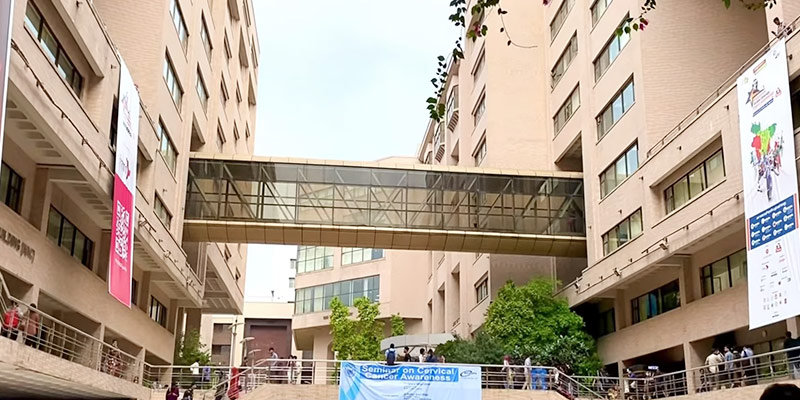
University education includes undergraduate, postgraduate, and doctoral programs offered by universities, colleges, and technical institutions.
Public universities like Dhaka University, Rajshahi University, and BUET are well-known for academic excellence. Private universities have also grown significantly over the last two decades.
Undergraduate programs generally last four years, while engineering and medical programs often extend to five or more. The University Grants Commission (UGC) oversees tertiary education standards.
MPhil (Master of Philosophy) in Bangladesh
The Master of Philosophy (MPhil) is an advanced postgraduate research degree offered by several public and private universities in Bangladesh.
This program is designed for students who wish to pursue academic careers or prepare for doctoral-level research. It typically follows the completion of a master’s degree and precedes a PhD.
Duration and Structure
An MPhil program generally spans two years. The first year often involves coursework related to the student’s area of research, including research methodology and advanced subject-specific topics.
The second year is dedicated to conducting independent research under the supervision of an academic advisor, culminating in the submission of a thesis.
Admission Requirements
Admission to an MPhil program usually requires:
- A minimum of a second-class master’s degree or equivalent in a relevant field.
- Some universities may require prior research experience or publication.
- Candidates must also pass a written test and viva voce (oral examination).
Institutions Offering MPhil
Notable institutions like Dhaka University, Rajshahi University, Jahangirnagar University, and Bangladesh University of Engineering and Technology (BUET) offer MPhil degrees in fields ranging from humanities and social sciences to engineering and natural sciences.
Purpose and Outcome
The MPhil serves as both a standalone degree and a preparatory stage for doctoral studies. Graduates often pursue academic positions, research-based careers, or proceed directly to PhD programs.
PhD (Doctor of Philosophy) in Bangladesh
The Doctor of Philosophy (PhD) is the highest academic qualification in the Bangladeshi education system, signifying original contribution to a specific field of knowledge.
It is awarded by a range of public and private universities, particularly in disciplines such as science, engineering, education, economics, and humanities.
Program Duration and Components:
A PhD in Bangladesh typically takes 3 to 5 years to complete.
The program includes:
- A research proposal phase
- Supervised research work
- Periodic progress reports
- Thesis submission and defense
Unlike undergraduate or master’s programs, the PhD does not follow a fixed curriculum but is entirely research-focused.
Candidates work closely with one or more supervisors and may be required to publish academic papers in peer-reviewed journals during the course of their study.
Admission Criteria
PhD admission is competitive and usually requires:
- A strong academic record (MPhil or Master’s degree with a minimum GPA or class standing)
- A feasible research proposal
- Endorsement by a qualified supervisor from the institution
- Approval from the university’s research committee or academic council
Key Institutions Offering PhD Degrees
Leading public universities such as:
- University of Dhaka
- BUET
- North South University
- Bangladesh Agricultural University
- BRAC University
offer PhD programs in various disciplines. Research funding and stipends may be available through university scholarships or external grants, particularly in science and technology fields.
Education Streams: General, Madrasa, and Technical/Vocational
| Stream | Sub-Types | Key Characteristics | Governing Body | Final Certifications |
|---|---|---|---|---|
| General Education | Public & Private | National curriculum, science/arts/commerce streams | Ministry of Education, NCTB | SSC, HSC, Bachelor’s, etc. |
| Madrasa Education | Aliya & Qawmi | Religious education; Aliya includes general subjects | Aliya: MoE & Befaqul Madaris; Qawmi: Independent | Dakhil (SSC equivalent), Alim (HSC), Fazil, Kamil |
| Technical/Vocational | Polytechnic, TVET | Job-focused skills training, practical application | MoE, Ministry of Labor, BTEB | Trade Certificates, Diplomas, HSC (Voc), BSc Engg (Tech) |
The Bangladeshi education system is distinctive in its provision of three parallel streams:
General Education:
Followed by the majority, this stream includes all public and private schools using the national curriculum.
Madrasa Education:
Divided into two types- Aliya (regulated by the government) and Qawmi (independent). Aliya madrasas incorporate secular subjects alongside religious studies.
Vocational Education and Training (TVET)
Vocational and Technical Education is a crucial part of the system, addressing skills gaps and improving employability. Programs are offered through polytechnic institutes, technical schools, and short-term training centers.
The Bangladesh Technical Education Board (BTEB) ensures quality control and curriculum standardization. TVET plays a key role in achieving Sustainable Development Goals (SDGs) by fostering inclusive and equitable quality education.
Governance and Quality Assurance
Multiple bodies are involved in educational governance, including regional education boards and quality assurance agencies.
The National Curriculum and Textbook Board (NCTB) standardizes learning materials, while the University Grants Commission (UGC) regulates higher education.
The Ministry of Education is also focused on teacher training, digital classrooms, and infrastructure development to enhance learning outcomes.
Historical and Administrative Background
Education in Bangladesh has undergone significant transformation since the British colonial era. After gaining independence in 1971, Bangladesh prioritized education as a cornerstone of national development.
The government introduced major reforms aimed at making education more accessible and reflective of national values. The system is managed under two primary ministries: the Ministry of Primary and Mass Education (MoPME) and the Ministry of Education (MoE).
In addition, the National Curriculum and Textbook Board (NCTB) is responsible for developing textbooks and curricula up to Grade 12.
Education boards at regional levels administer public exams and help manage local institutions, making the system semi-decentralized.
Education System in Bangladesh PDF: Free Download
Let’s download the PDF of the education system in Bangladesh below, and it is totally free of cost:
Last Words
The education system in Bangladesh is both expansive and complex, reflecting the country’s historical legacies and forward-looking aspirations. Its structure allows for flexibility, offering students multiple paths to academic and professional success.
With sustained investment in infrastructure, teacher training, and curriculum reform, Bangladesh has the potential to transform its education system into a globally competitive mod
el that serves all segments of society. Ensuring inclusivity, quality, and relevance will be key to harnessing the full potential of Bangladesh’s youthful population in the years to come.



